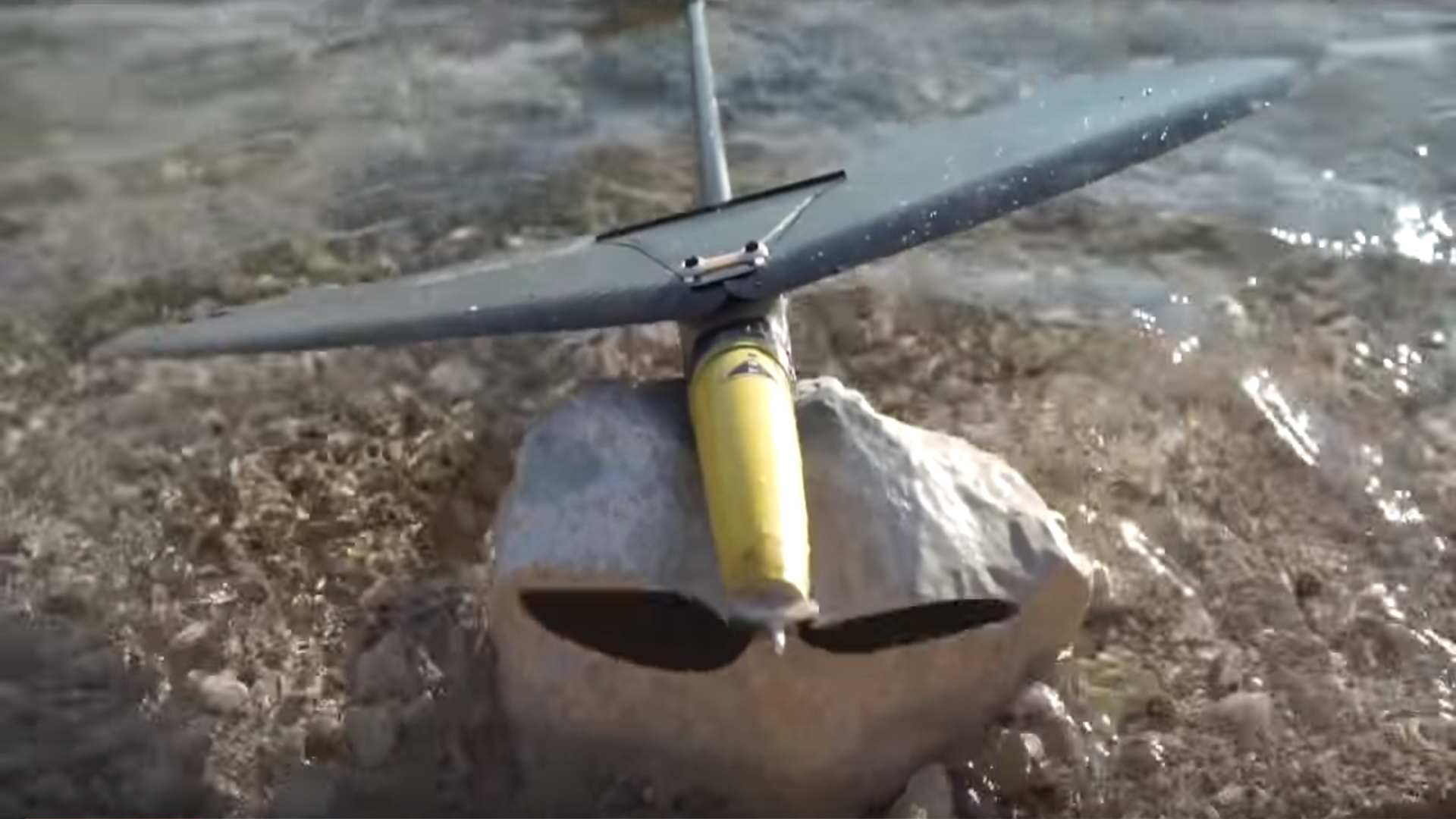

The Aquatic Micro Air Vehicle (AquaMAV) developed by Mirko Kovac, Ph.D., of the Aerial Robotics Lab at Imperial College London, is a bio-mimetic drone similar to the RoboBee we recently reported on. While both of these unmanned aerial vehicles were inspired by the capabilities of animals and can navigate multiple environments, the AquaMAV was designed specifically to collect water samples. According to ZDNet, the drone can reach speeds up to 25 mph, traverse more than six miles on one charge, and dive in and out of the water. While submerged, the AquaMAV collects water samples and launches back into the open skies using an embedded gas jet.
Reportedly, Dr. Kovac has been interested in bio-inspired drones for quite some time. Last month, we reported on undergraduate computing students at Imperial College London working together with Microsoft, and understanding “the importance of being open to ideas from other disciplines,” of which this recent fusion of animal inspiration and drone design seems to be an organic result. The RoboBee was capable of submerging into and launching out of bodies of water as well, however, the AquaMAV brings a little more to the table.
Take a look at the bio-inspired, multi-functional UAV below, courtesy of Imperial College London’s Aerial Robotics Lab, headed by Dr. Mirko Kovac.

As opposed to fueling a ship, paying a crew, and trekking out to locations in order to collect water samples, researchers could begin to use a drone like the AquaMAV. It’s presumably far more affordable than doing the above and requires fewer hands on deck, so to speak. Reportedly, the AquaMAV also seems ideal for sending the drone into dangerous areas with strong currents or oil spills, without risking people’s lives.
Dr. Kovac co-authored a research paper in 2015 in which he expressed his motivation behind these kinds of drones capable of traversing multiple, disparate terrains. According to Dr. Kovac, “This rise in interest is due to the enormous requirements of multidomain earthquake rescue, pollution monitoring, natural species discovery and other applications in which multi-modal locomotion can offer unprecedented advantages to robot mobility. Swimming, crawling, rolling, walking, running, jumping and flying are quite common in the animal kingdom, and such locomotion occurs in very different physical environment.”
In the past few months, we’ve seen drone researchers and engineers focus on multi-purpose UAVs frequently. The use-cases for drones seamlessly capable of maneuvering through various environments may seem limited now, but the opportunities for technologies such as these often become clear only once they’ve become available. For now, it’s certainly a strong argument to refine drones like the AquaMAV, in order to use UAVs instead of human beings in dangerous situations with unpredictable conditions.